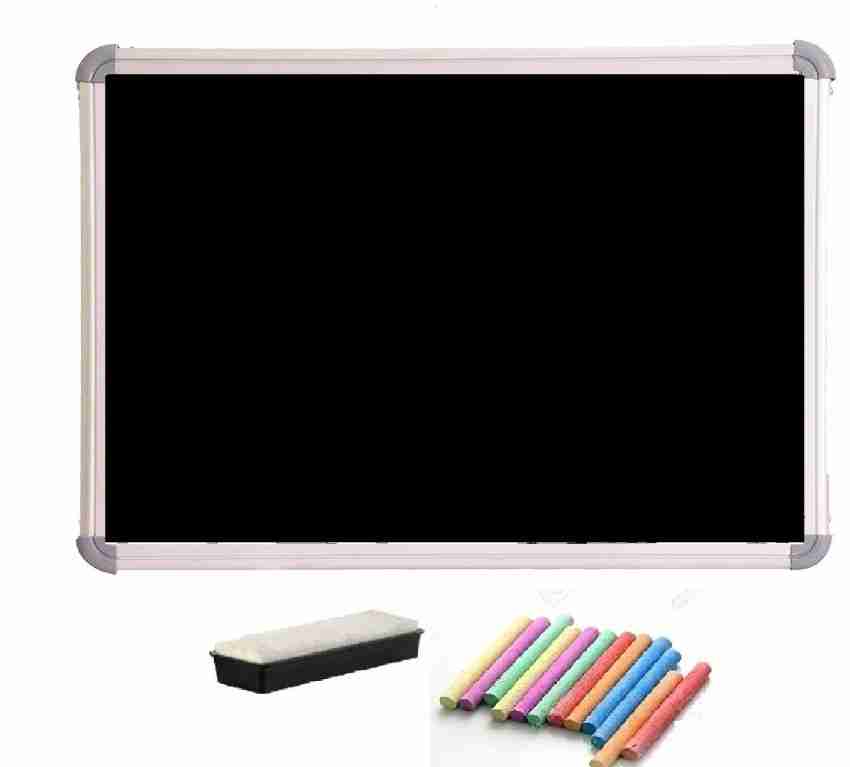Chalkboards have been a ubiquitous fixture in classrooms for centuries, serving as a vital tool for educators to convey information to students. The familiar sound of chalk scratching against the surface and the sight of dusty erasers clapping together are ingrained in the memories of generations of students. Let's delve into the history of the chalkboard and its evolution through the years.
The Early Origins
1. Ancient Beginnings
- Chalkboards have ancient roots, with the use of slate surfaces dating back to the 11th century.
- In the early days, chalkboards were made of actual slabs of slate, which were durable and could be easily written on with chalk.
2. Evolution in Education
- Chalkboards became more prevalent in classrooms during the 19th century as education became more standardized and mass-produced.
- Teachers found that using chalkboards made it easier to present information to a large group of students at once.
The Golden Age of Chalkboards
1. Classroom Staple
- Chalkboards were a staple in classrooms around the world for decades, with nearly every classroom featuring a large chalkboard at the front of the room.
- Teachers relied on chalkboards to write out lessons, solve math problems, and illustrate concepts for their students.
2. Chalk and Erasers
- Chalk and erasers became essential tools for teachers, who would spend hours at the chalkboard writing out information for their students.
- Chalk dust was a common sight in classrooms, and the sound of erasers being clapped together signaled the end of a lesson.
The Advent of Whiteboards
1. Transition to Whiteboards
- In the late 20th century, whiteboards began to replace chalkboards in classrooms as a more modern and user-friendly alternative.
- Whiteboards offered the advantage of being smoother to write on, easier to clean, and less messy than traditional chalkboards.
2. Digital Revolution
- With the rise of technology, interactive whiteboards emerged as a high-tech replacement for traditional chalkboards.
- Interactive whiteboards allowed teachers to project images, videos, and interactive lessons, taking classroom instruction to a whole new level.
The Legacy of Chalkboards
1. Nostalgia Factor
- Despite the advent of whiteboards and digital screens, many people still have fond memories of the days spent in front of a chalkboard.
- The tactile experience of writing on a chalkboard and the organic feel of chalk against the surface evoke a sense of nostalgia for many.
2. Artistic Expression
- Chalkboards have also found a new life as a medium for artistic expression, with many artists using chalkboards as a canvas for their creativity.
- Chalkboard art has become popular in restaurants, cafes, and homes, adding a touch of whimsy and charm to the space.
The Future of Classroom Technology
1. Interactive Displays
- As technology continues to advance, interactive displays are becoming more common in classrooms, offering new ways for students to engage with learning materials.
- Interactive displays allow for greater customization, interactivity, and collaboration in the classroom setting.
2. Blended Learning
- Blended learning approaches, which combine traditional teaching methods with digital tools, are gaining popularity in education.
- Teachers are incorporating a mix of chalkboards, whiteboards, and digital displays to create dynamic and engaging learning environments for students.
In conclusion, the chalkboard has a rich history as a fundamental tool in education, and while its role may have evolved over the years, its legacy lives on in the hearts and minds of students and educators alike.
